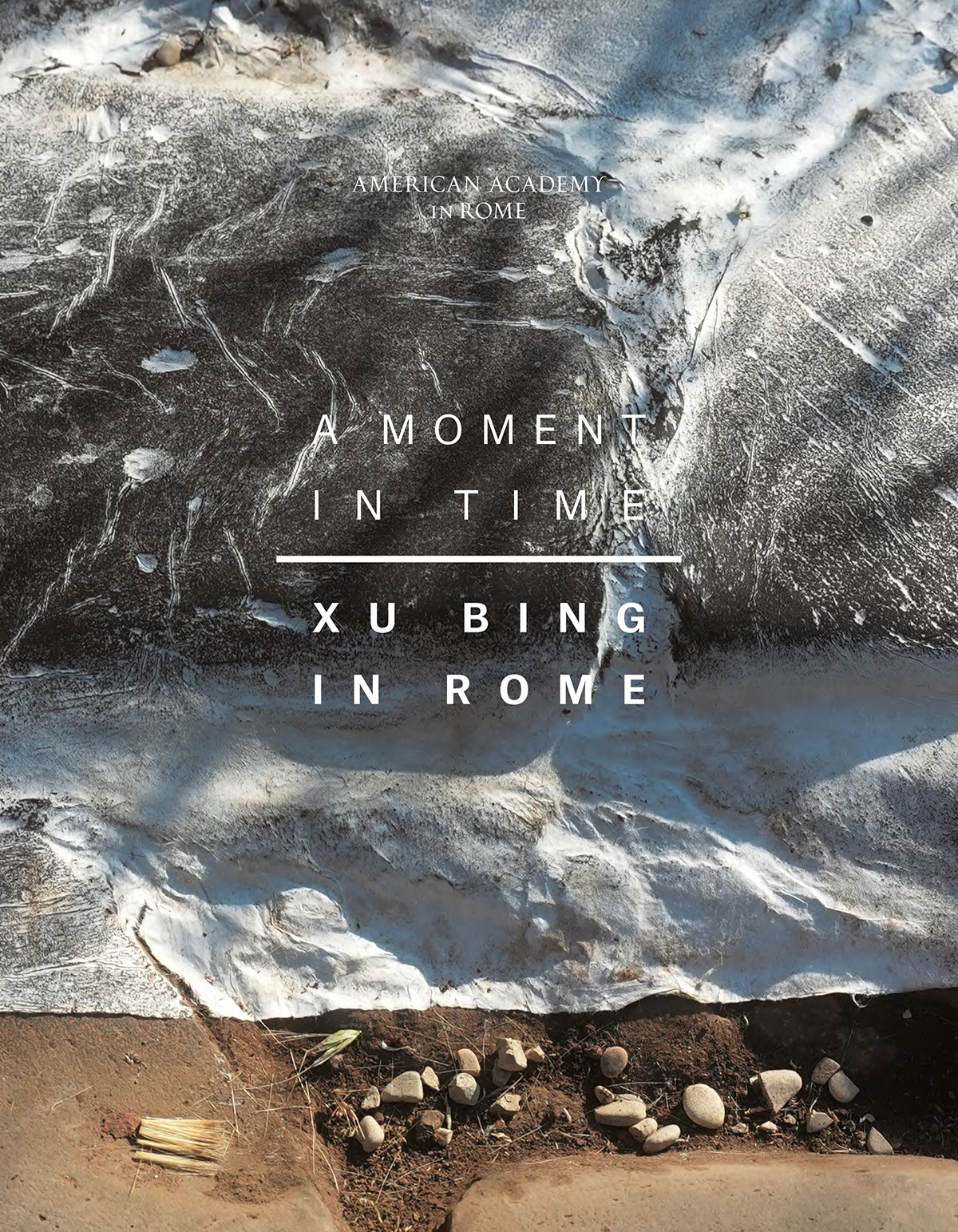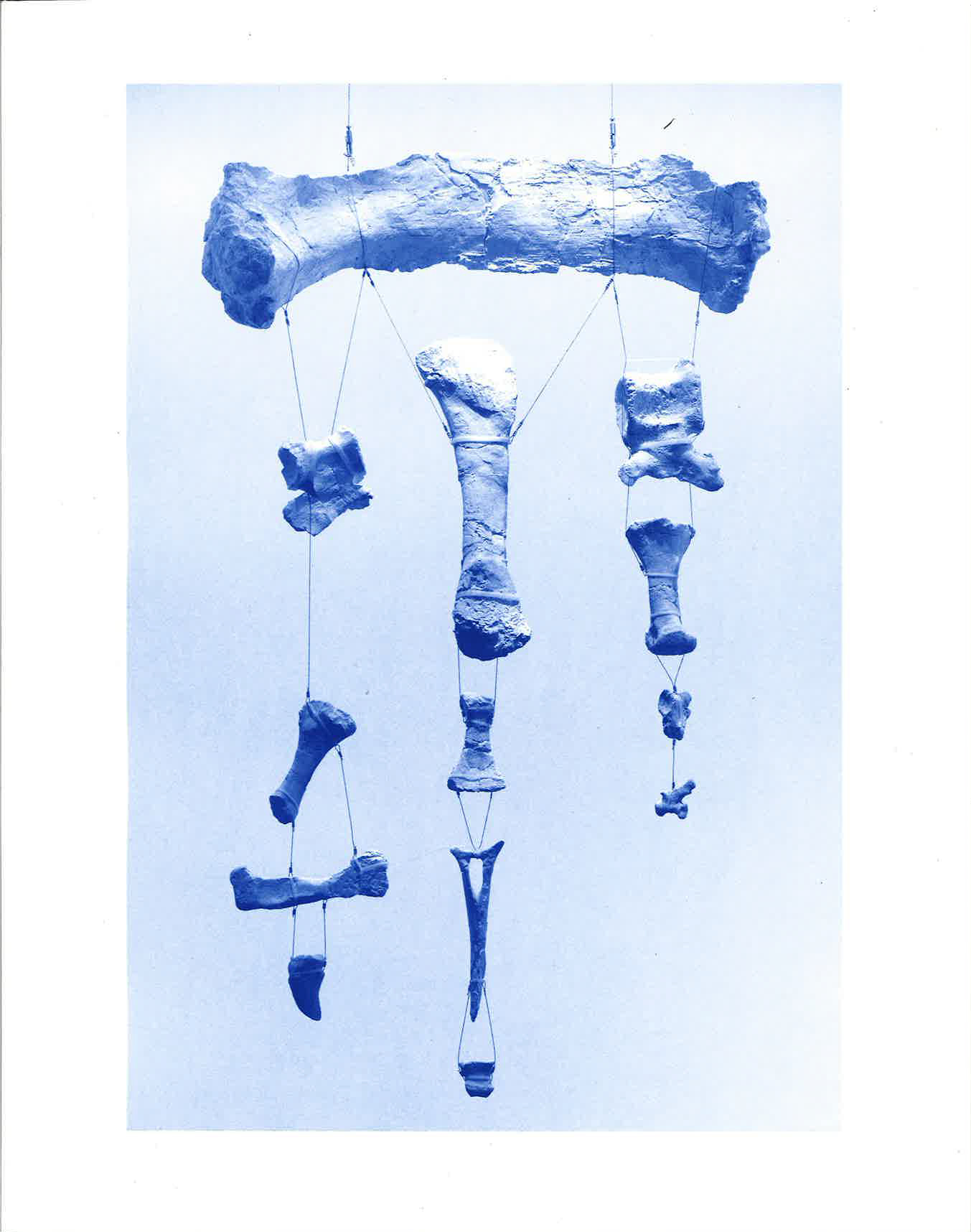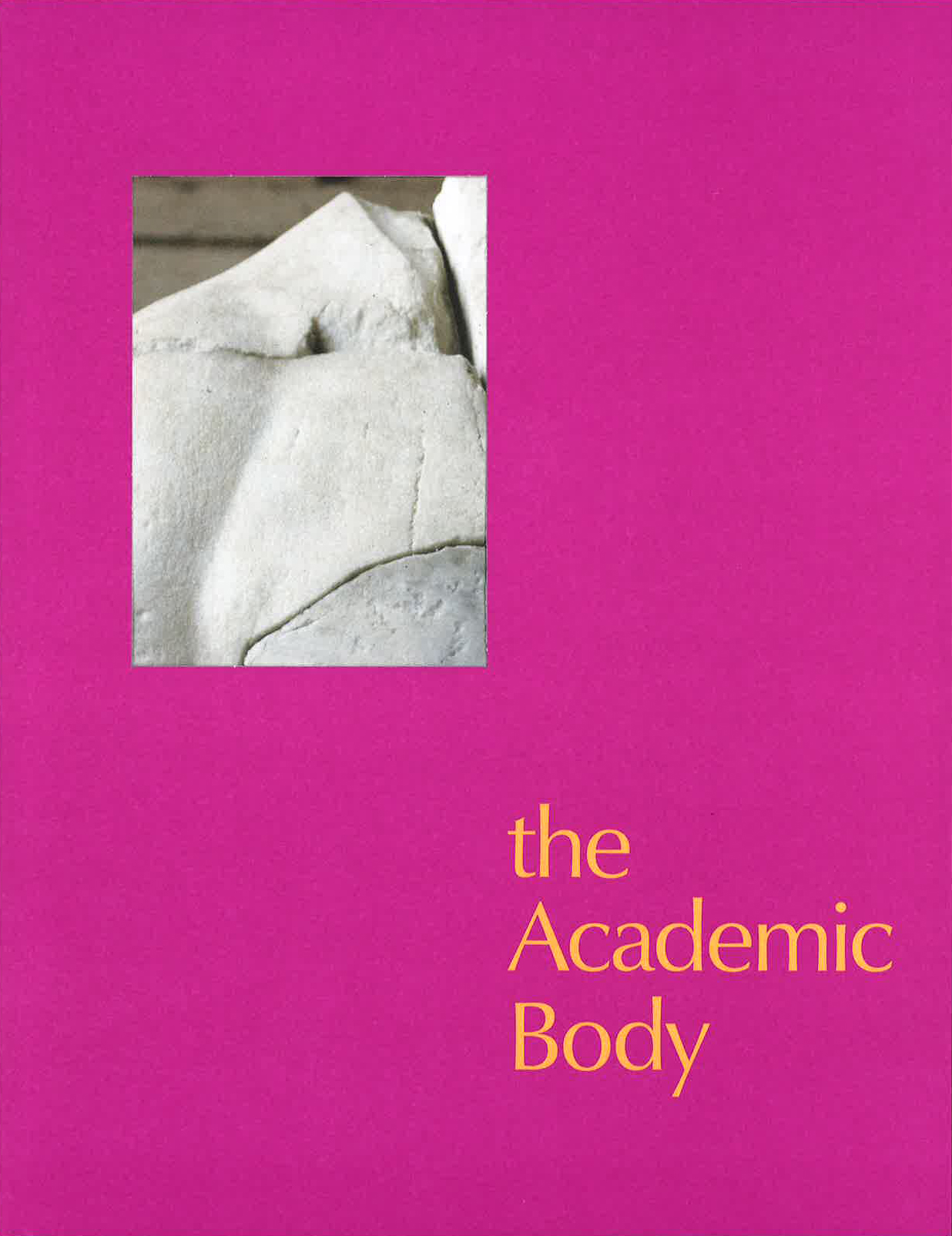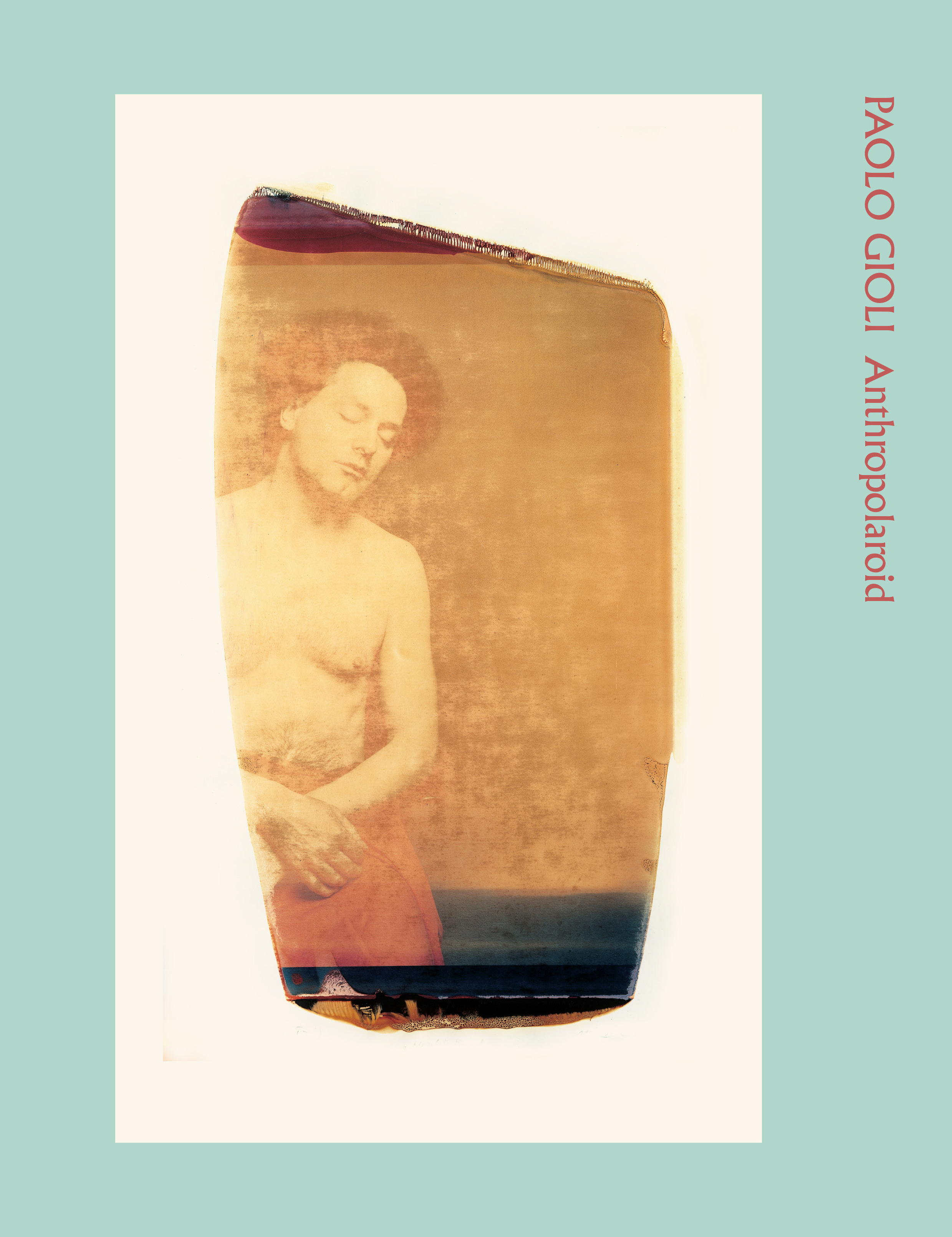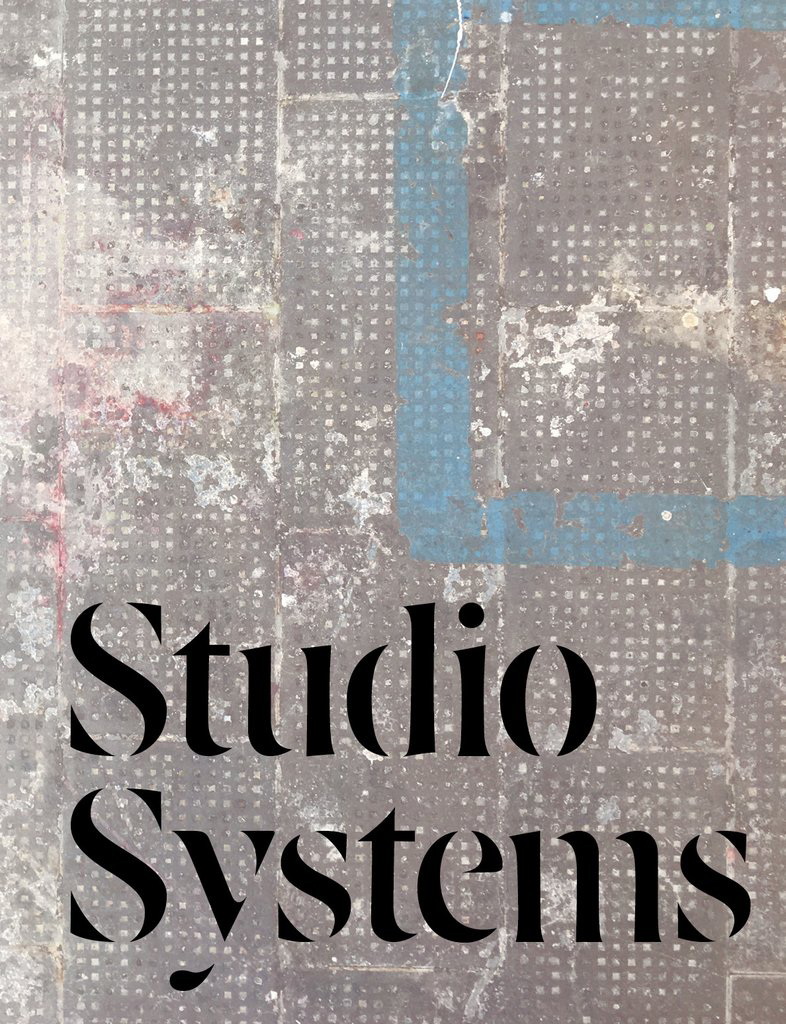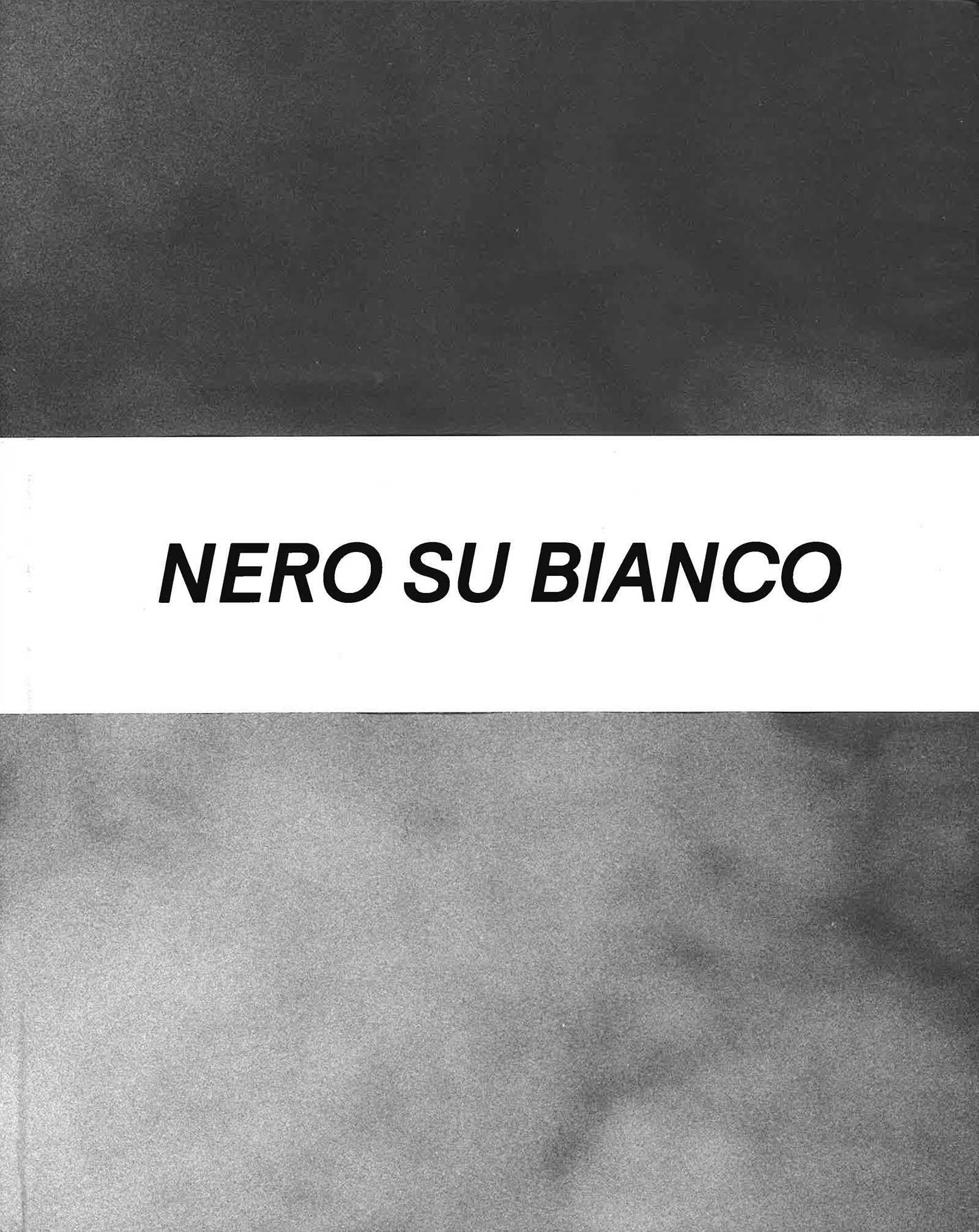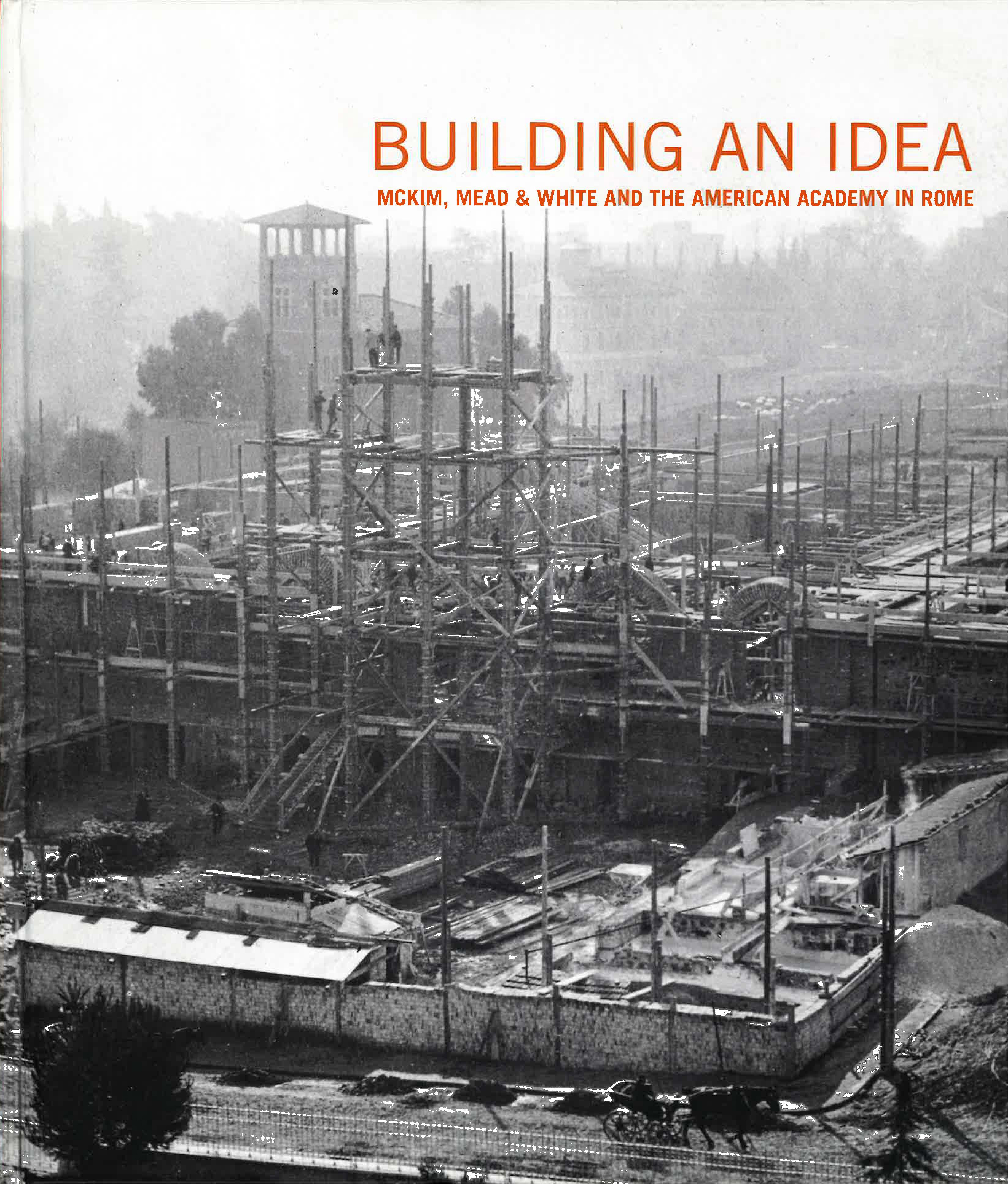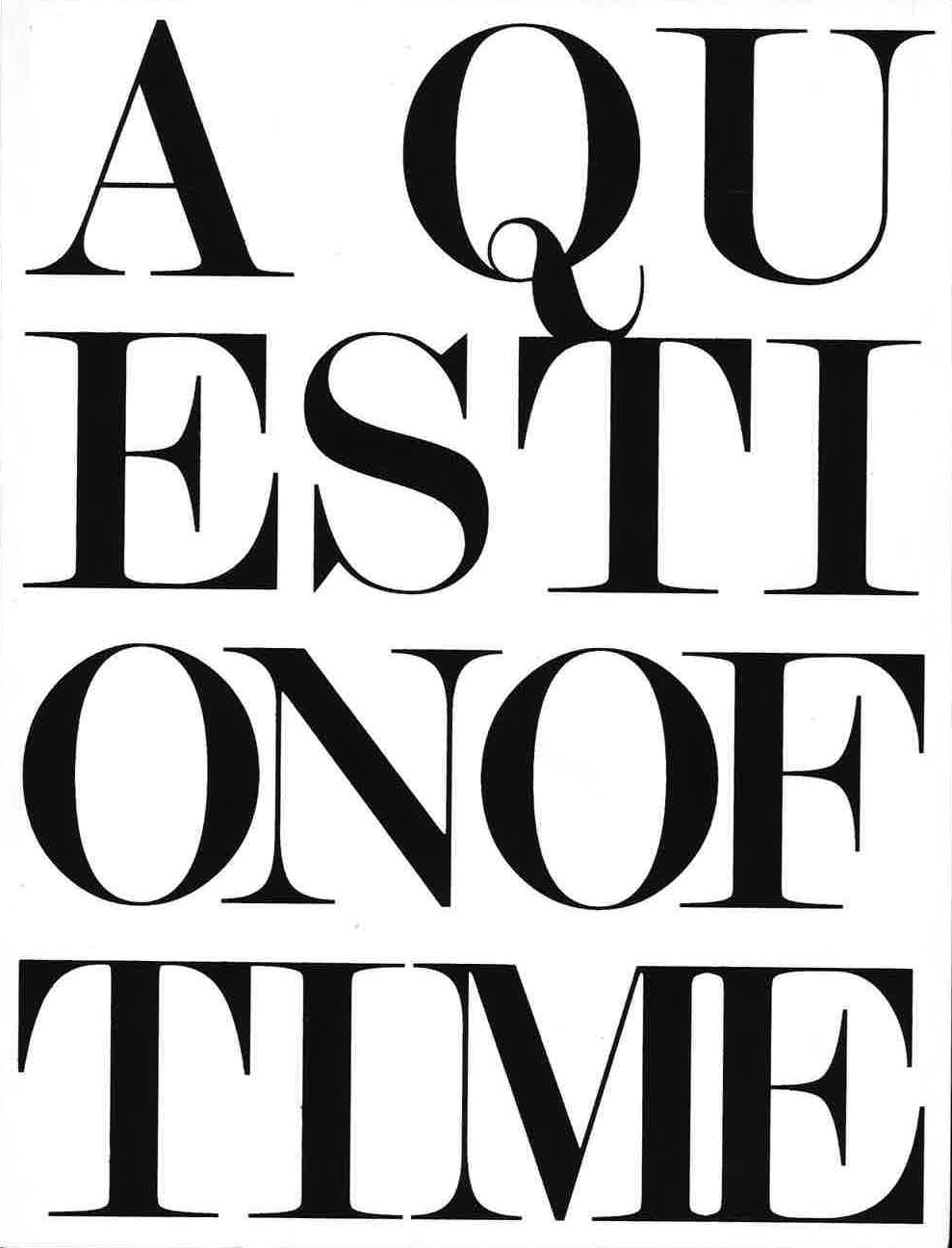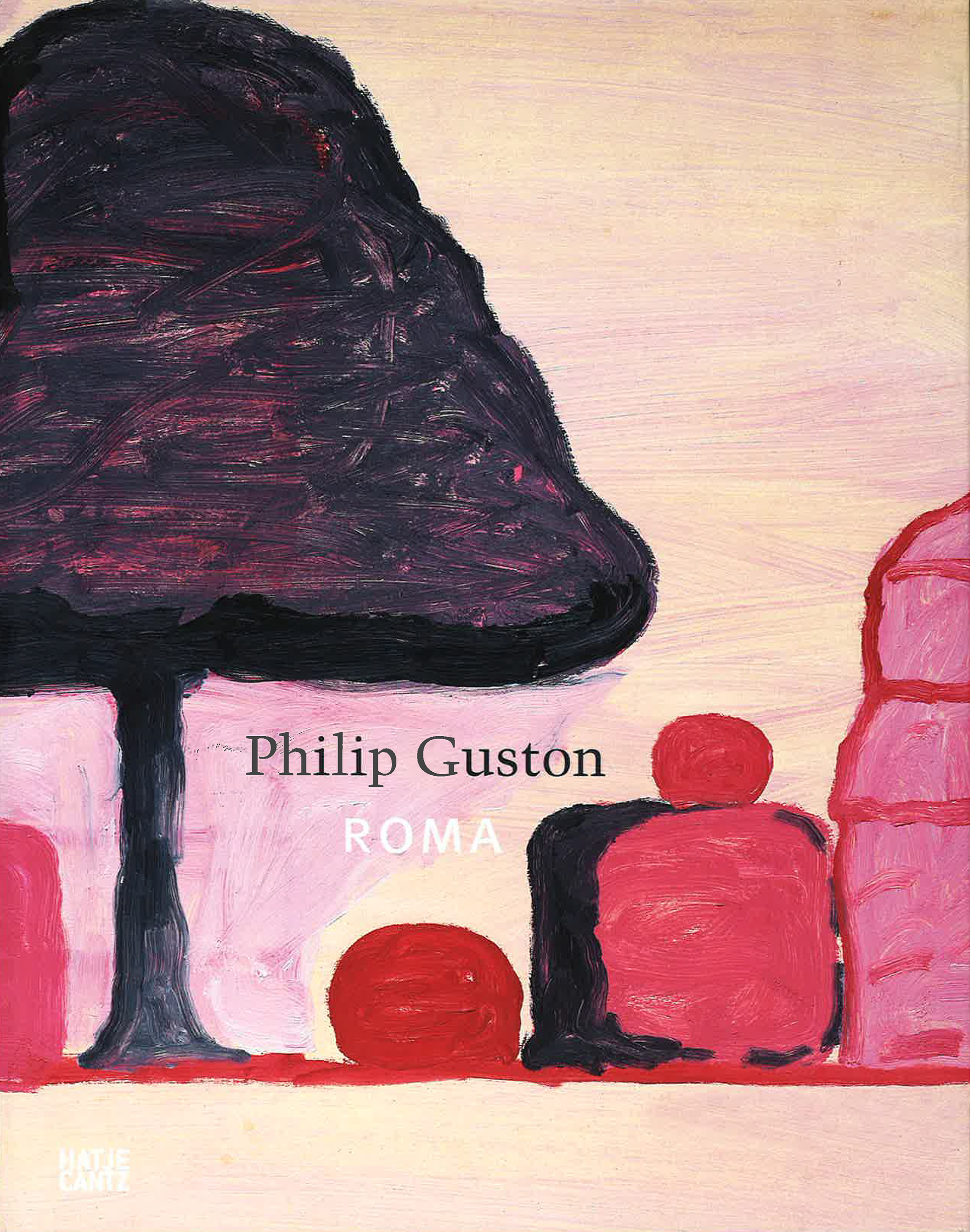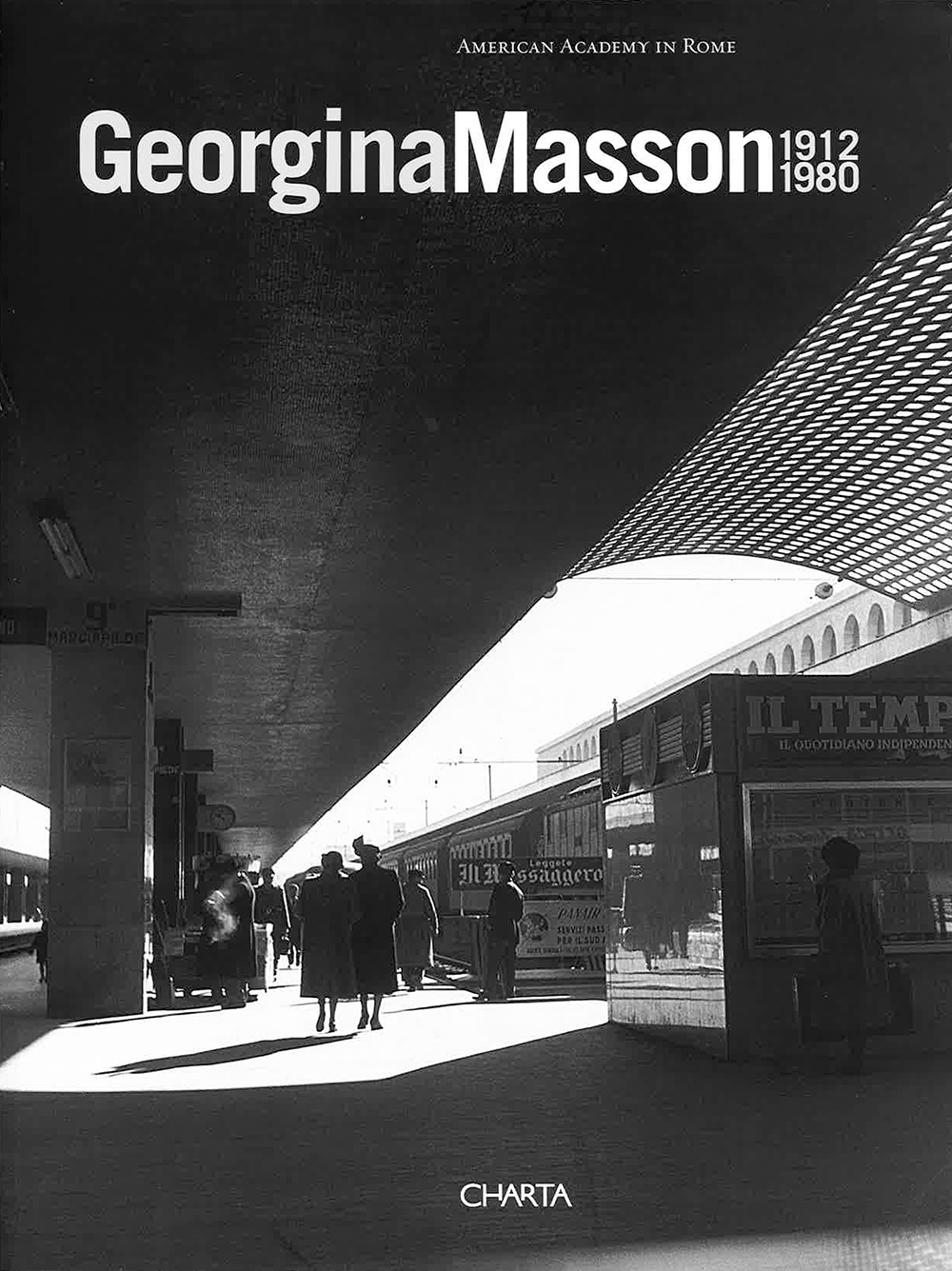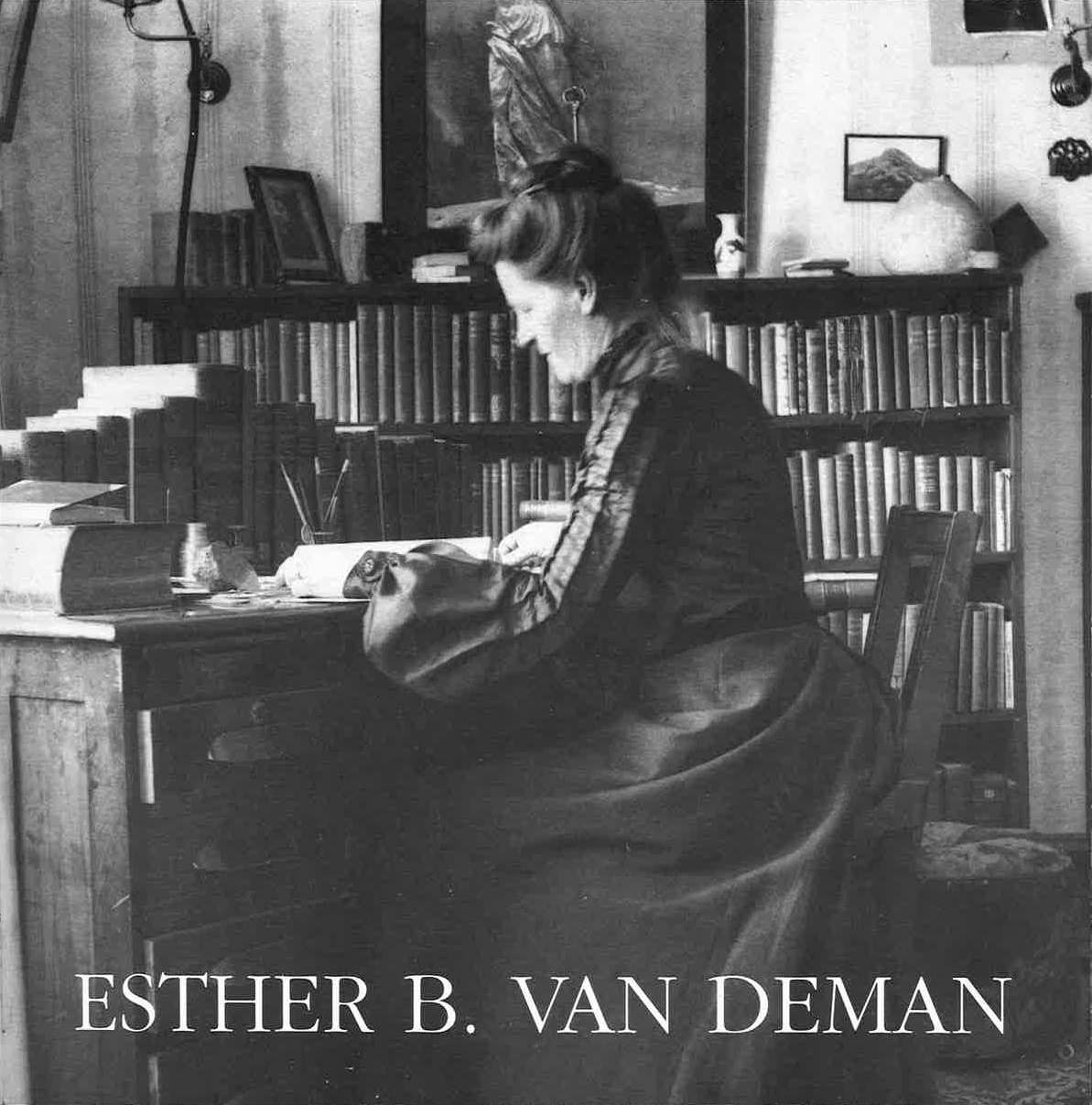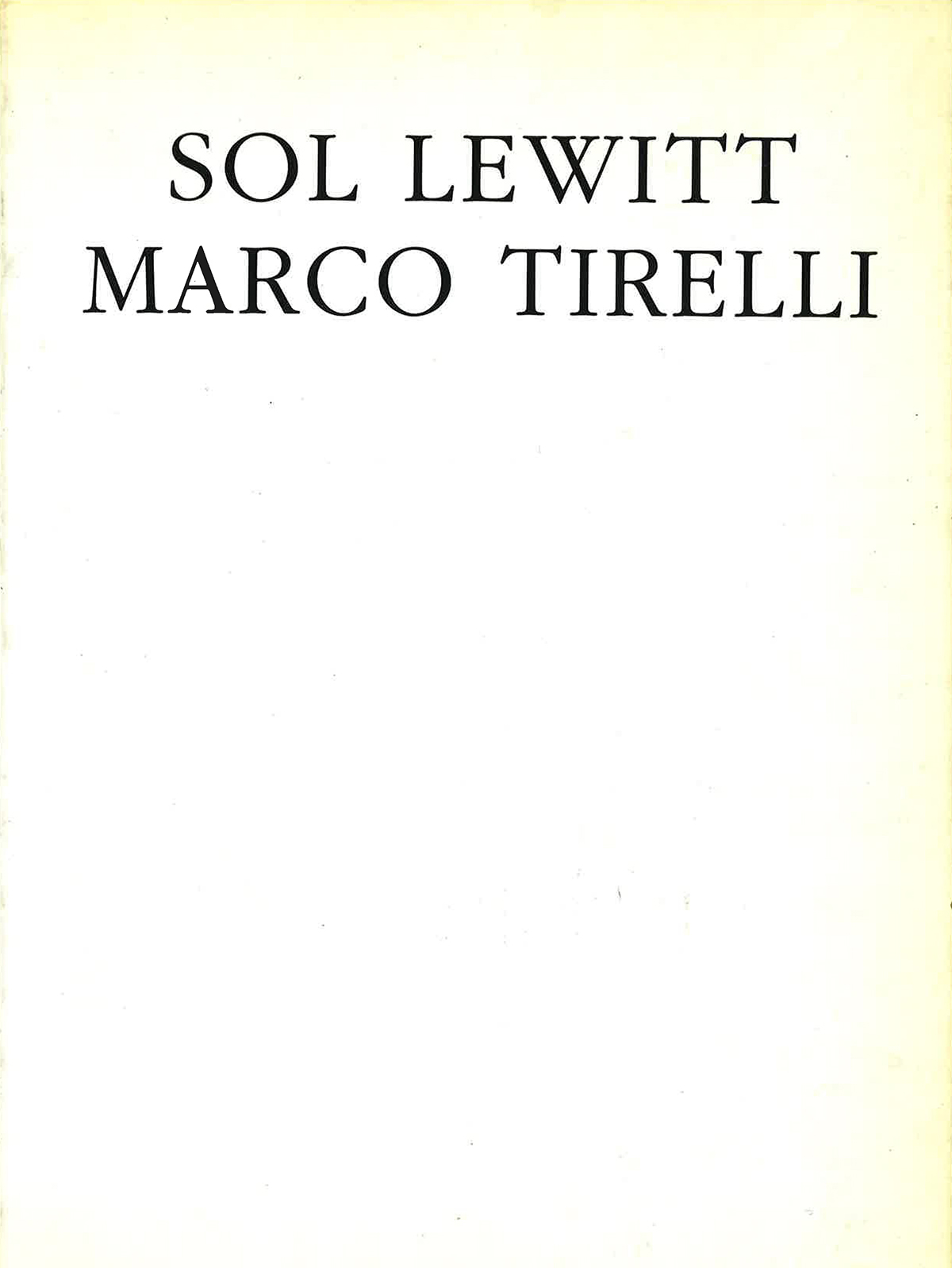Expodemic is the catalogue of the second edition of the Festival of Foreign Academies and Cultural Institutes in Rome, curated by Lorenzo Benedetti with Francesca Campana. This festival reveals the close link between the birth and development of art exhibitions and the history of academies.
Expodemic rediscovers the important role of Giuseppe Ghezzi: painter, writer, secretary of the Accademia di San Luca, and regent of the Congregation of the Virtuosi at the Pantheon. He was the inventor of modern exhibitions, and this volume highlights the presence of numerous artists and scholars in foreign academies and cultural institutes, whose vicissitudes are intertwined with the history of Rome.
The book, in 204 color pages, presents the original contributions, made for the publication, by Kamrooz Aram (2024 Fellow), Ane Rodriguez Armendariz, Severine Ballon, Jacopo Belloni, Alix Boillot, Susanne Brorson, Fatma Bucak (2024 Italian Fellow), Pedro Luis Cembranos, Zachary Fabri (2024 Fellow), Arturo Franzino, Hamedine Kane, Kapwani Kiwanga, Bjørn Melhus, Marko Nikodijevic, Tura Oliviera, Estefania Puerta Grisales (2024 Fellow), Chloé Quenum, Marie Robert, and Sarina Scheidegger.
Texts by Lorenzo Benedetti, Francesca Campana, and Giulia de Marchi will be alternated with photographs by Mohamed Keita and reproductions of posters created for Expodemic by Nil Yalter, Ciprian Muresan, Cristina Lucas, Attila Csorgo, Fernando Sanchez Castillo, Jochem Lempert, Giulio Paolini, Carla Accardi, Hans Schabus, John Armleder, Matt Mullican, Simon Debroy Muller, Nicole Werners, Elisabetta Benassi, Sarina Scheidegger, Tura Oliveira, and Robert Kusmirowski.
